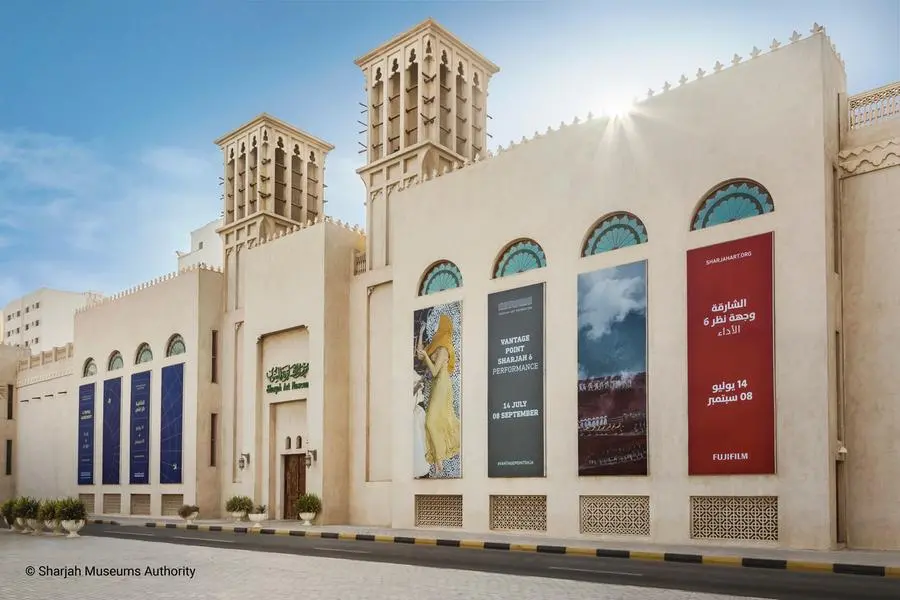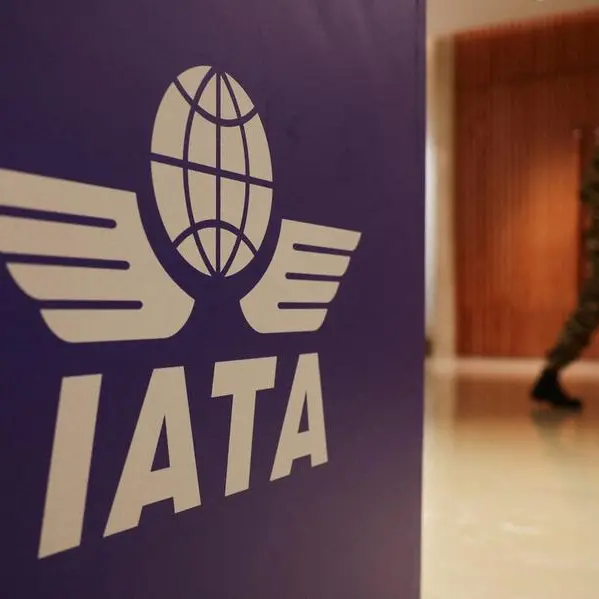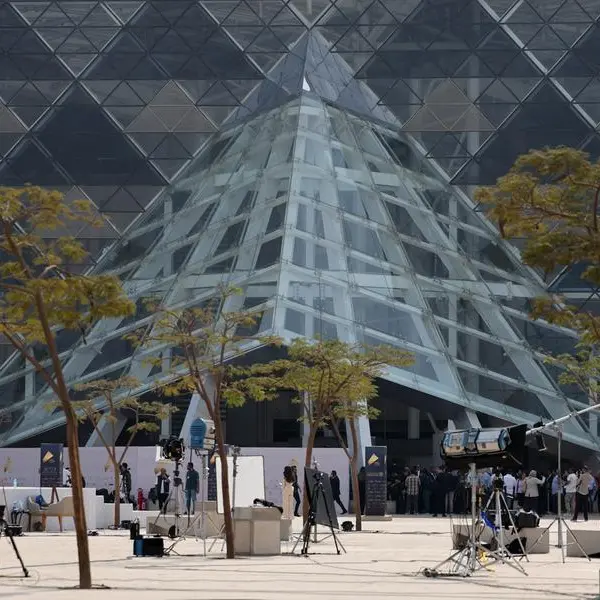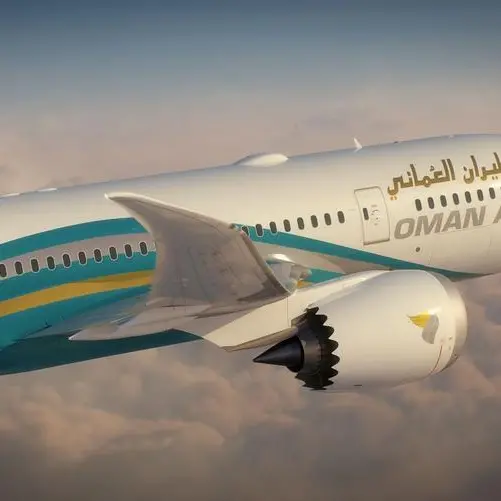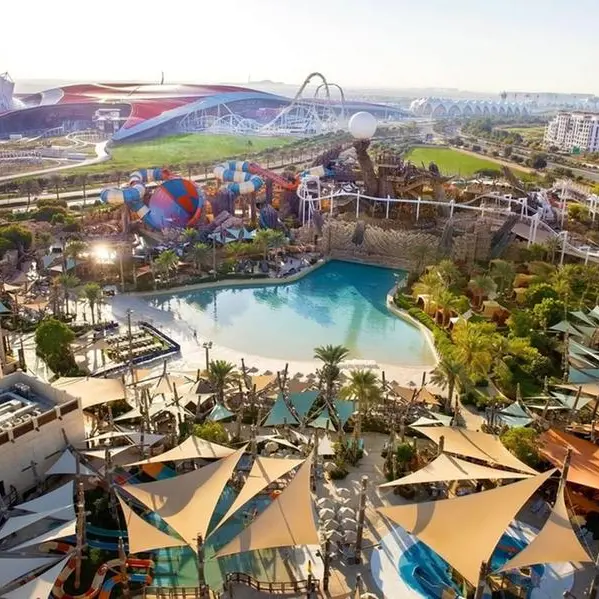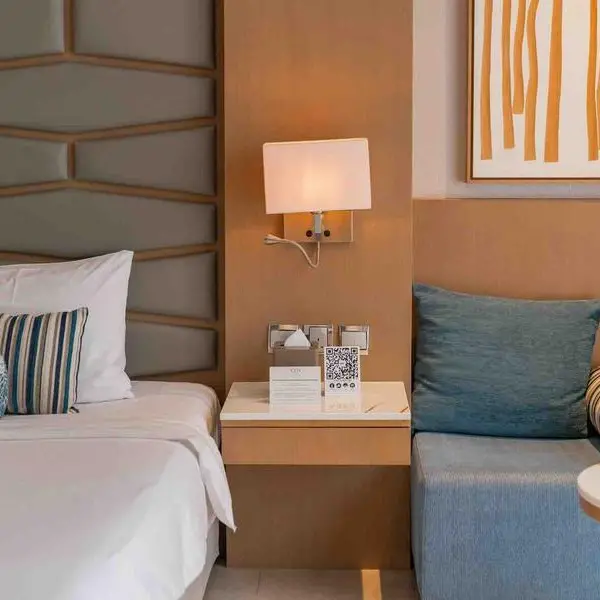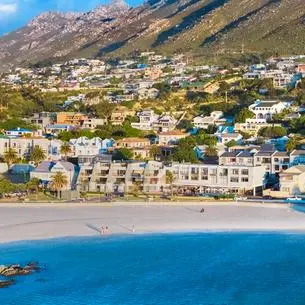PHOTO
Nestled in the heart of Sharjah, the cultural capital of the United Arab Emirates, Sharjah Art Museum has played a pivotal role in elevating the appreciation of art among the public and nurturing their appreciation of museums as engaging and enjoyable educational spaces that enrich society.
Sharjah Art Museum stands as a testament to the emirate's unwavering commitment to nurturing the arts, a statement said.
The inauguration of the Sharjah Art Museum in 1997 was propelled by the visionary aim of His Highness Sheikh Dr Sultan bin Mohammed AlQasimi, Member of the Supreme Council and Ruler of Sharjah, to make art accessible to all.
Central to the museum's mission is to showcase the rich tapestry of cultural heritage alongside contemporary artistic expressions, underscoring the dynamic interplay between tradition and innovation in the region's arts scene.
This objective was rooted in the belief that art has the power to unite communities, inspire creativity, and stimulate intellectual and emotional growth.
“Being the first purpose-built art museum in the gulf region, it had a very significant role to play in shaping the art and culture scene that has contributed immensely in the broader sense,” said Alya Al Mulla, the museum's curator, underscoring the foundational philosophy of the museum.
Over the years, the museum has hosted an impressive array of exhibitions, numbering over a hundred.
These exhibitions have spanned a diverse range of themes and epochs, from classical Islamic art to modern and contemporary works, ensuring that every visitor finds something that resonates.
The museum has been instrumental in bringing international art to the local audience, as well as promoting the works of regional artists on a global stage.
A standout feature of the museum since 2010 has been the Lasting Impressions series, an annual exhibition dedicated to celebrating the lifetime achievements of distinguished artists from the Arab world.
Notable names featured in this series include Abdul Qader Al Rais, Najat Makki, and Samia Halaby, among others.
“The exhibition highlights the contributions of pioneering Arab artists to the history of Arab art. Many of these artists would not have had the opportunity to have a museum show on this scale,” said Al Mulla.
“Therefore, it is of utmost importance for us to present their life and legacy in the most authentic way possible, while simultaneously making it accessible to the public, helping them understand and appreciate various art forms.”
The museum boasts an extensive collection that features some of the most renowned artists from the Middle East and beyond.
“Beyond aesthetic values, each work of art tells a story, reflecting the artist’s background, past experiences, and a social commentary on the region's complex history,” said Al Mulla.
Among its most celebrated collections is the permanent exhibition dedicated to the works of the pioneering Arab artists, Louay Kayyali, alongside other luminaries such as Saloua Raouda Choucair, Ismail Fattah, and Faiq Hassan.
Sharjah Art Museum has been a key player in bridging the gap between the art world and the public. Through its educational programmes, workshops, and interactive tours, the museum has made art not just something to be observed but to be experienced and engaged with.
In 2023, it rolled out over 138 workshops engaging more than 2,661 participants and more than 117 workshops targeting over 876 participants in 2022, while 2021 saw a little more than 12 workshops being carried out and supervised by artists attracting over 518 participants.
These initiatives have demystified the art world for many, making it more approachable and understandable to people from all walks of life.
Furthermore, the museum has become a platform for artists, both professional and amateur, to showcase their work. By hosting annual events such as the Sharjah Biennial, along with various exhibitions throughout the year, the museum offers artists the opportunity to gain exposure and connect with a wider audience.
This is in addition to collaborating with several art institutions locally and internationally to foster this exchange of art, culture and expertise.
It goes beyond merely organising events, thoughtfully designing its programmes to accommodate community members of all ages and abilities, including the elderly. Furthermore, the museum ensures that its facilities are both age-appropriate and disability-friendly, reinforcing its reputation as a welcoming space for everyone.
Copyright 2022 Al Hilal Publishing and Marketing Group Provided by SyndiGate Media Inc. (Syndigate.info).
